In a world teeming with historical treasures, paleontological sites stand as portals to the prehistoric past, uncovering secrets of lifeforms that once roamed our planet. These sites have captured the fascination of scientists and historians alike, providing invaluable insights into Earth’s distant past. Among these, a select few have been recognized as UNESCO World Heritage Sites, a testament to their global significance. This article embarks on a journey to explore some of these extraordinary locations where history resides both in the earth beneath our feet and the records borne of it.
The Rich Significance of Paleontological Sites

Paleontological sites offer a window into the evolutionary history of life on Earth. They contain fossils and geological evidence that help scientists understand the different prehistoric eras and the evolution of species over millions of years. As such, they play a crucial role in piecing together the history of our planet, allowing researchers to reconstruct ancient ecosystems, climatic conditions, and biological diversity.
UNESCO World Heritage Sites: Why They Matter
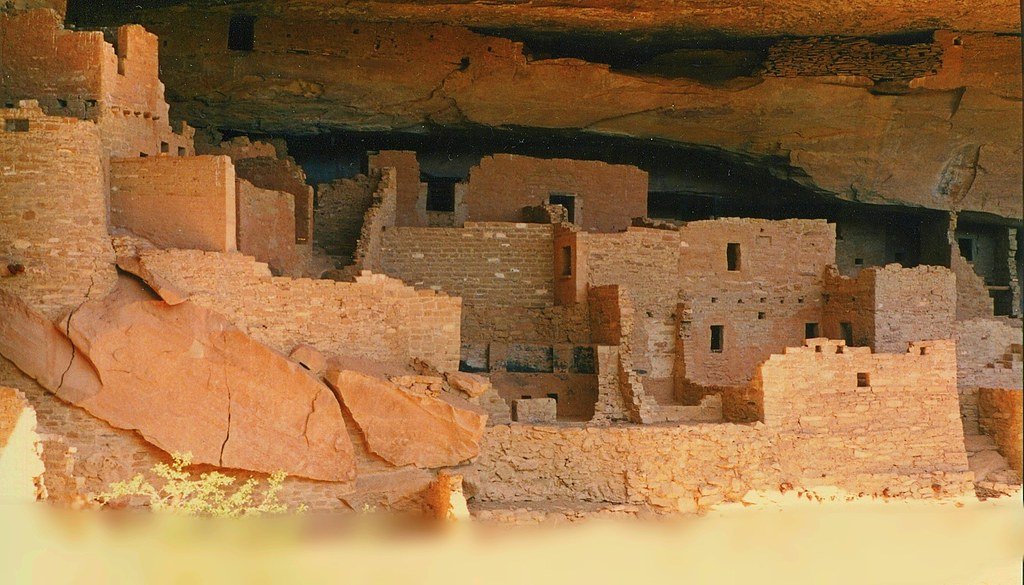
Established in 1972, UNESCO’s World Heritage List recognizes cultural and natural sites of outstanding value to humanity. These sites are protected for their universal significance. Becoming a World Heritage Site helps safeguard and preserve these locations, ensuring that future generations can also delve into their historical, cultural, or scientific importance.
1. Dinosaur Provincial Park, Canada
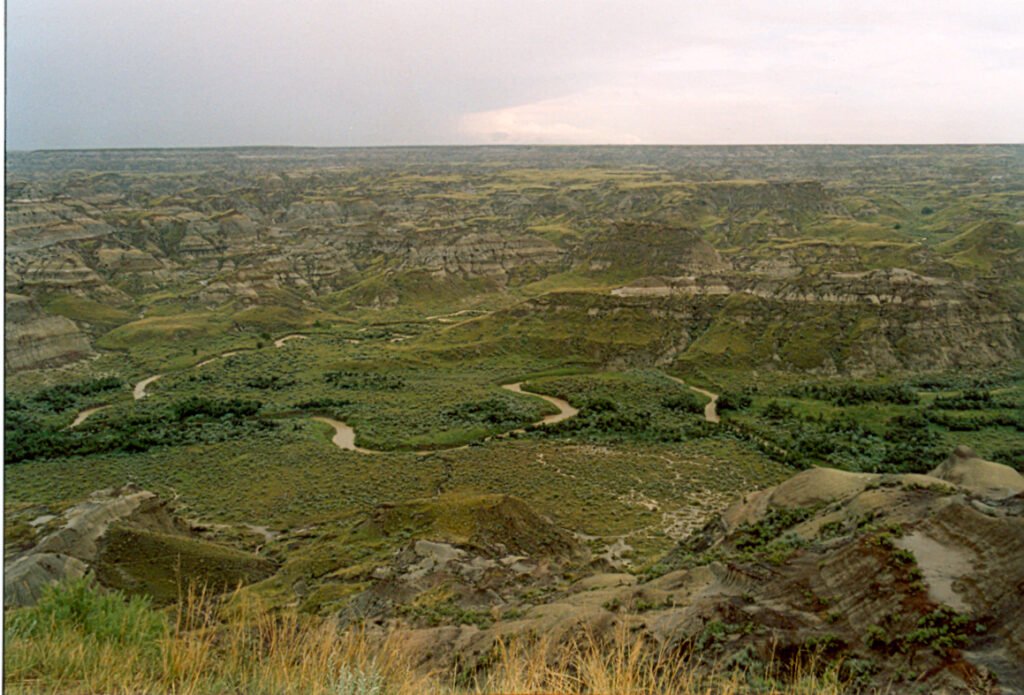
Located in the heart of Alberta, Dinosaur Provincial Park is renowned for its rich deposit of dinosaur fossils, dating back to the Late Cretaceous period. This site has revealed over 40 dinosaur species and remains one of the most significant paleontological sites in the world. Its unique badlands terrain also offers striking landscapes that feature hoodoos and deep canyons, making it a site of natural as well as historical importance.
2. Messel Pit Fossil Site, Germany
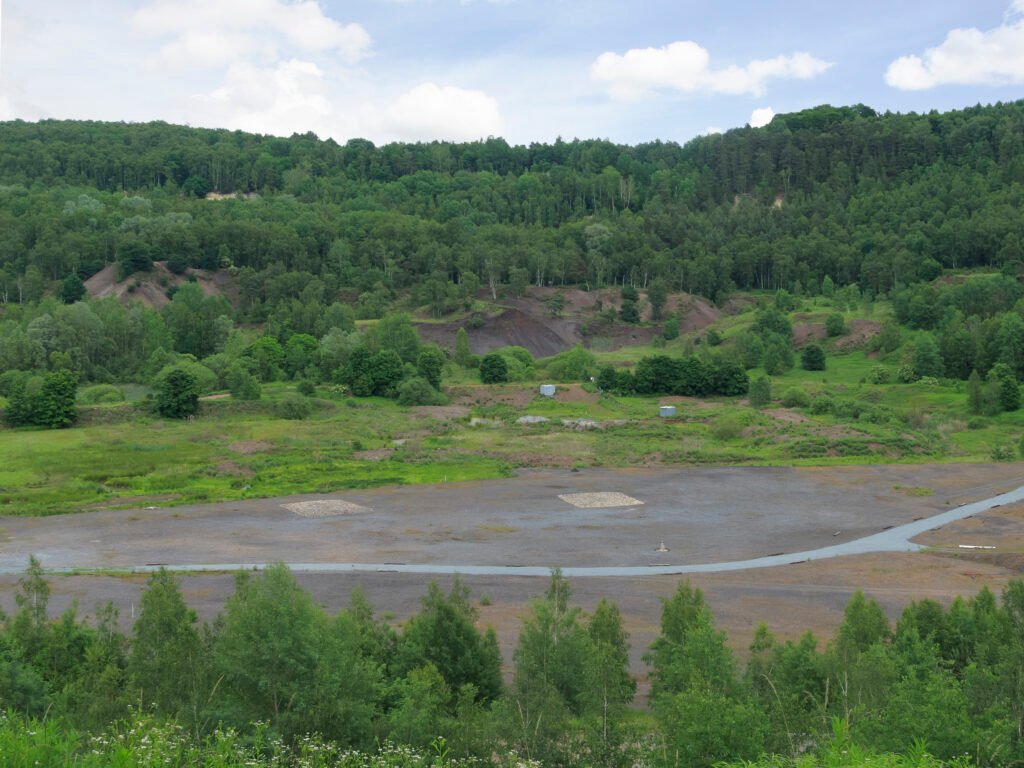
The Messel Pit Fossil Site, located near Frankfurt, Germany, provides an extraordinary glimpse into the Eocene epoch. This former quarry is a treasure trove of well-preserved fossils, including birds, reptiles, early mammals, and plants, allowing scientists to reconstruct the environment of a time when Earth was much warmer and more tropical. Among its most famous finds is the Messel primate, which has shed light on the evolution of early primates.
3. Chengjiang Fossil Site, China
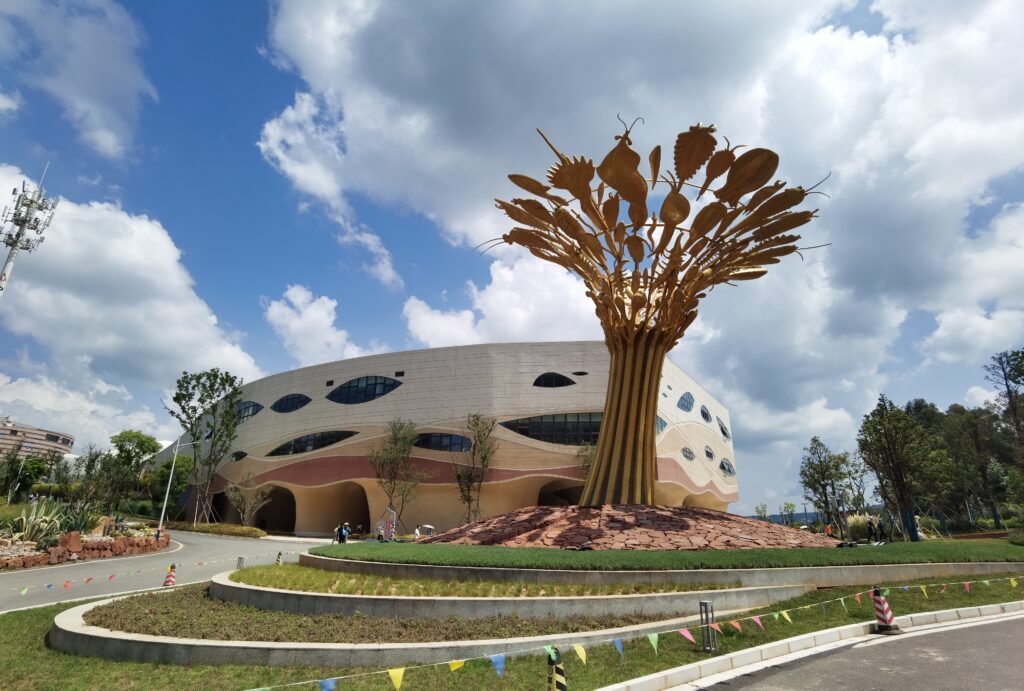
The Chengjiang Fossil Site in China is one of the world’s most critical windows into the Cambrian Explosion, a vital point in evolutionary history when most major animal groups appeared. These fossils are remarkably detailed, allowing researchers to study the anatomy and position of these early life forms, thus offering insights into the origins of complex life.
4. Joggins Fossil Cliffs, Canada
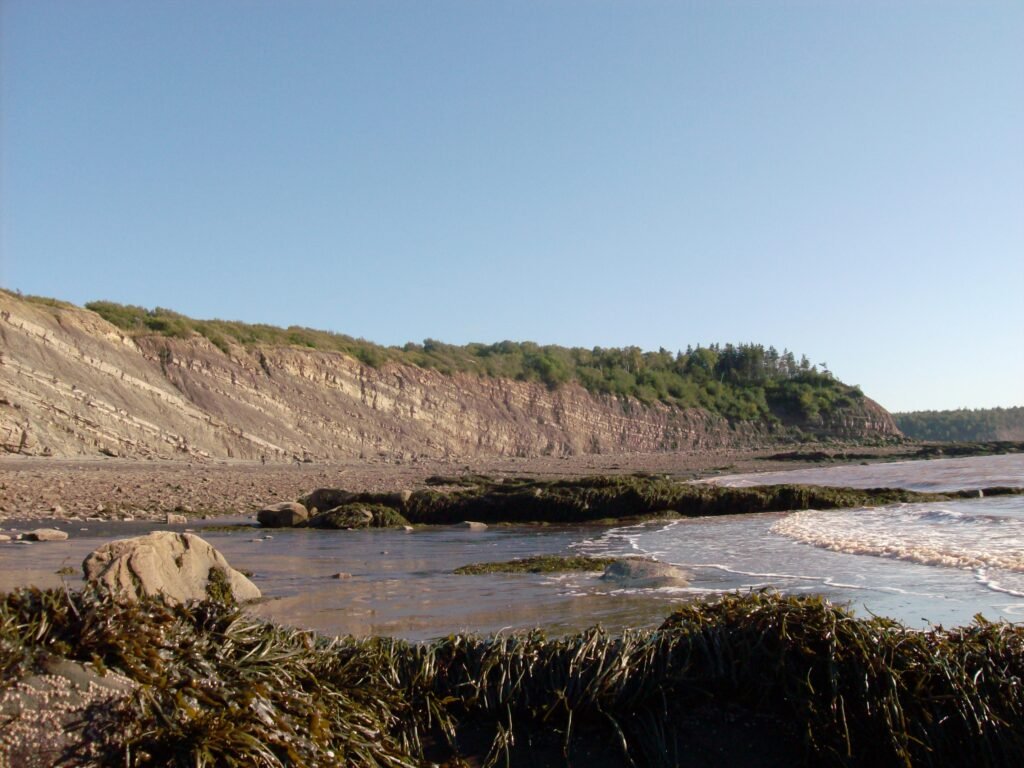
Joggins Fossil Cliffs, on the shores of Nova Scotia, are celebrated for their wealth of Carboniferous Period fossils, dating back about 310 million years. The site is often referred to as the “Coal Age Galápagos” due to its extensive fossil record of early reptiles and plants, providing evidence of ancient forest ecosystems and the creatures that lived within them.
5. Miguasha National Park, Canada
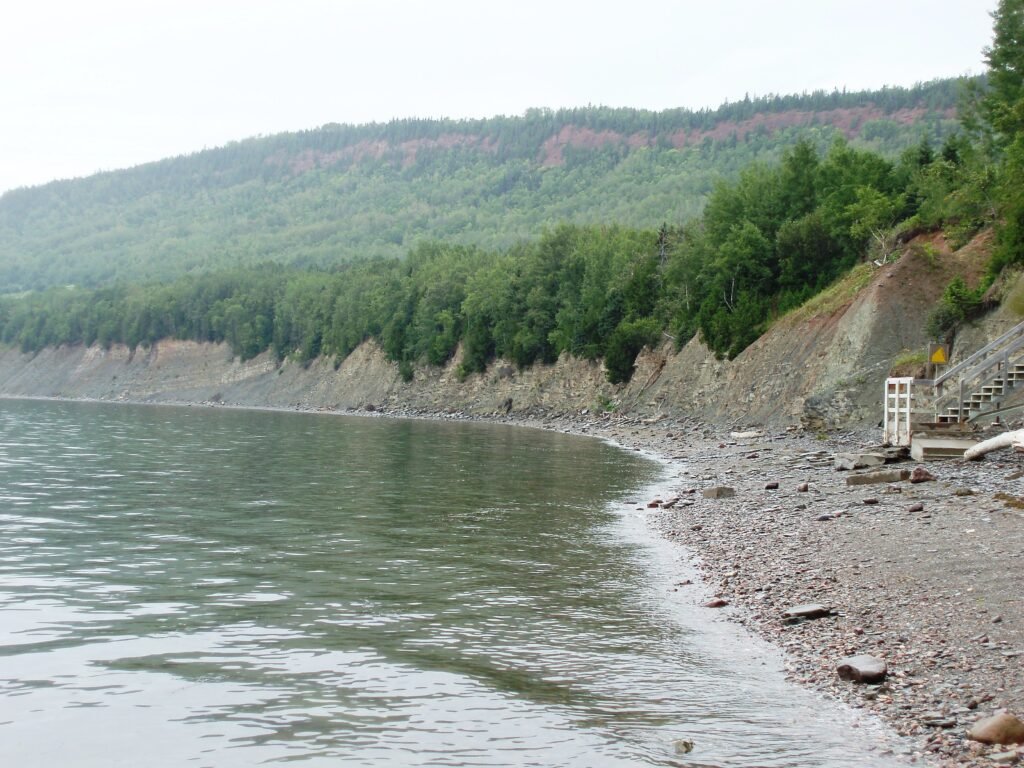
Nestled in the eastern part of Canada, Miguasha National Park is a critical site for the study of fish fossils, particularly those from the Devonian period. It’s most famous for fossils of the lobe-finned fish, Tiktaalik, a creature pivotal in understanding the transition of life from water to land.
6. State Fossil Mammal Site at Laide, United States
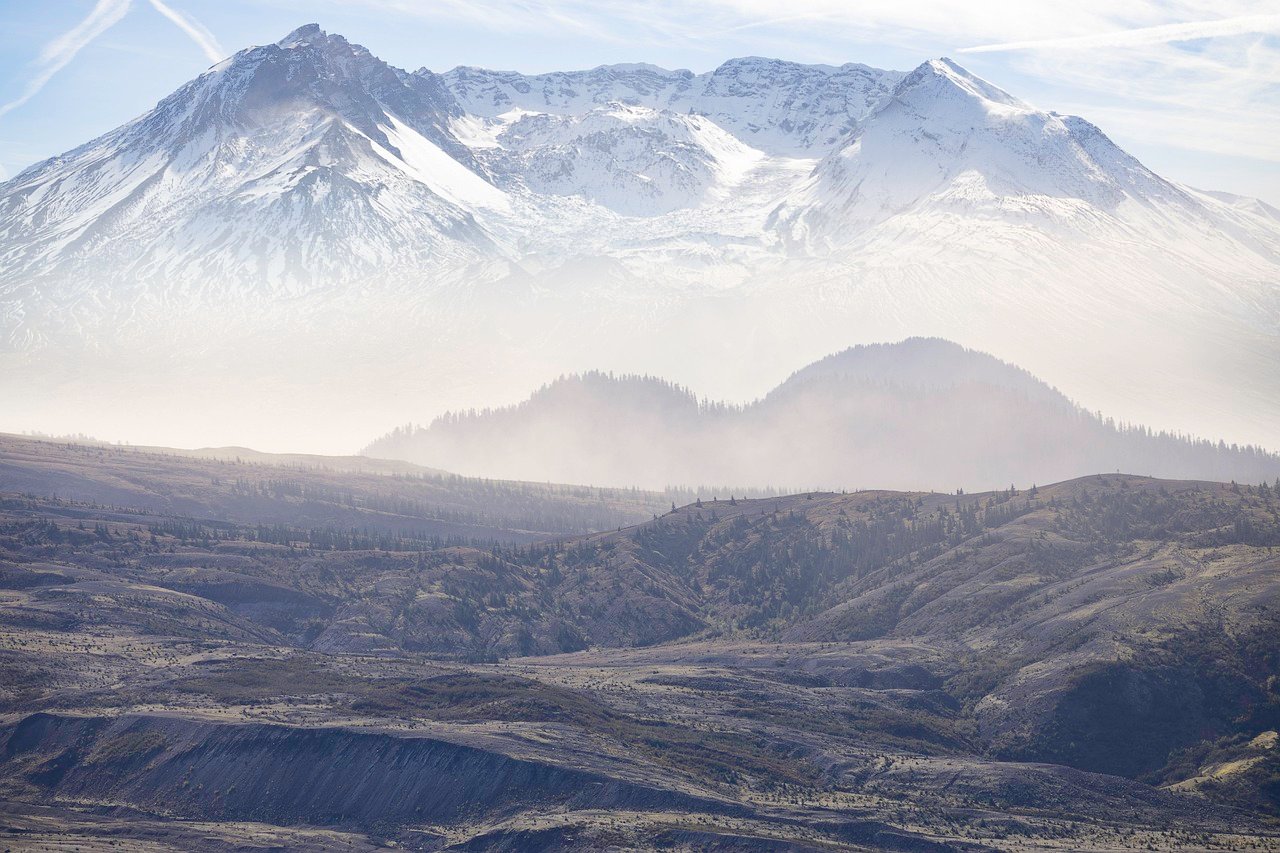
This site, located in California, provides an important record of mammalian evolution within the Miocene epoch. The fossil assemblage includes camels, horses, and the saber-toothed cat, offering vital data on the environmental and ecological shifts that influenced mammalian evolution in North America.
7. Ischigualasto-Talampaya Natural Parks, Argentina
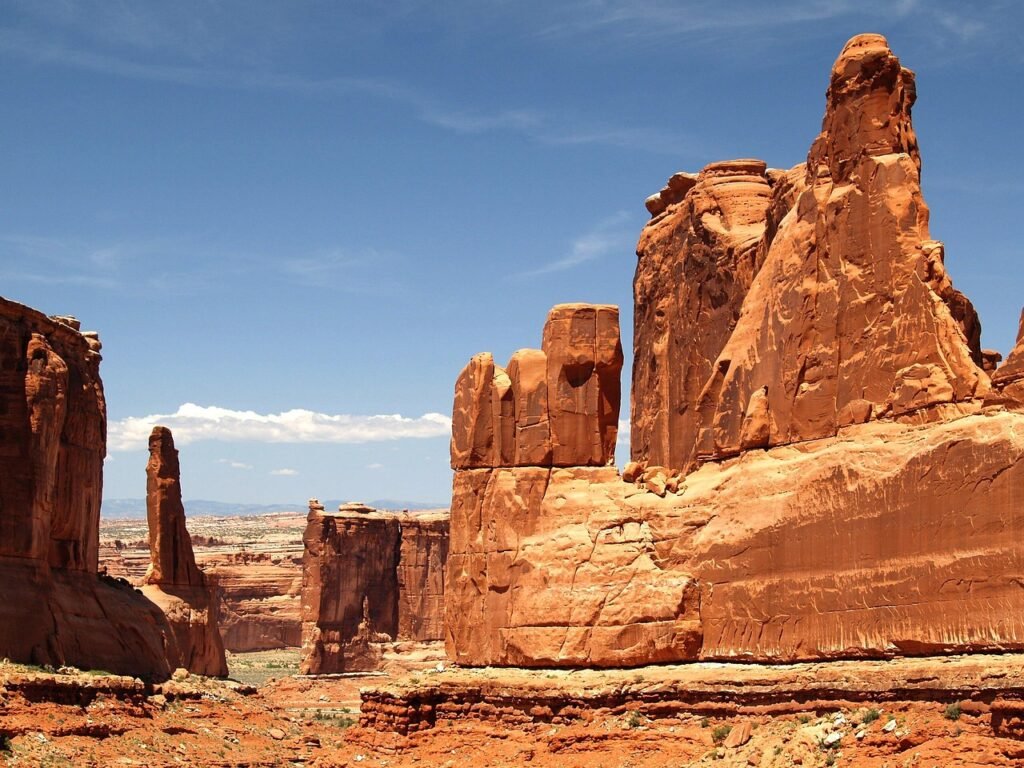
These parks showcase one of the world’s most extensive and complete collections of fossils from the Triassic Period. Located in northwestern Argentina, Ischigualasto and Talampaya serve as time capsules, displaying life from a time when dinosaurs began to emerge, offering a continuous geological record of nearly 50 million years.
8. Monte San Giorgio, Switzerland/Italy
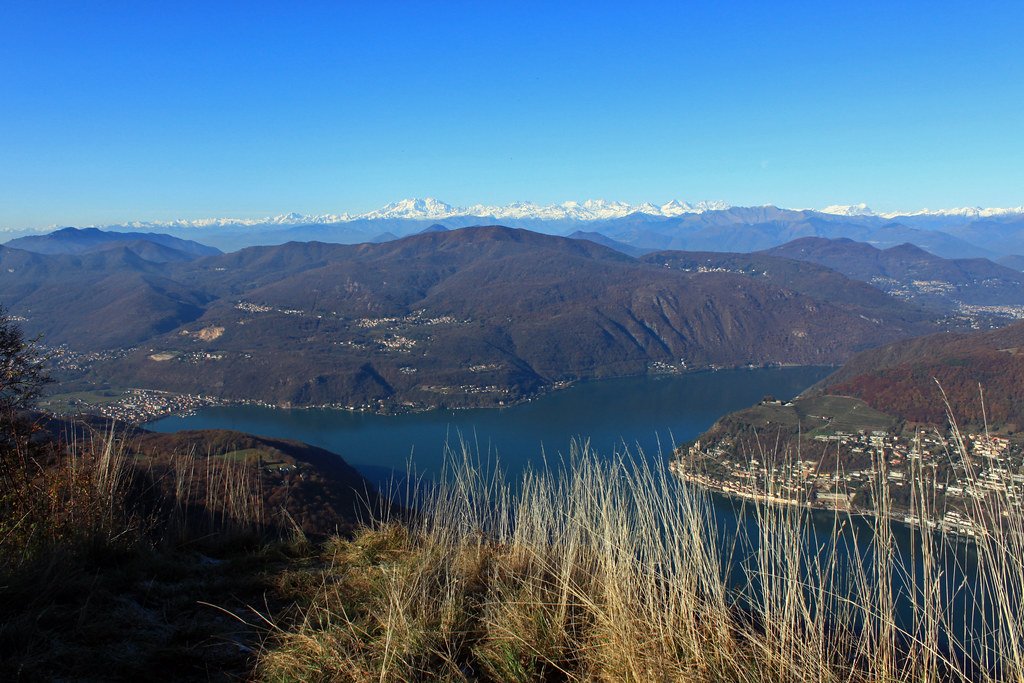
Monte San Giorgio is internationally recognized for its Triassic marine fossils, which include reptiles, fish, and other sea life, providing insights into one of the most prolific periods of marine evolution. Spanning the borders of Switzerland and Italy, this site boasts a well-documented fossil record crucial for understanding marine biodiversity.
9. Fossil Hominid Sites of South Africa
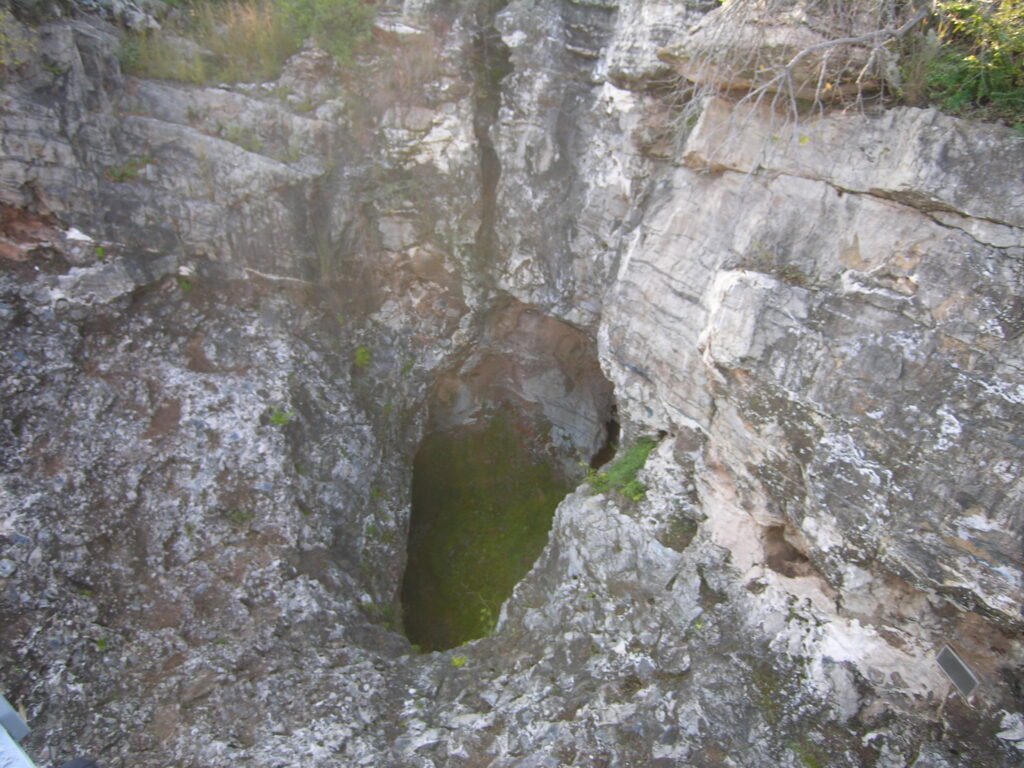
Known as the “Cradle of Humankind,” these sites offer invaluable evidence of human evolution. Located around Johannesburg, the area includes Sterkfontein, Swartkrans, and Kromdraai, among others. These sites have yielded a significant number of early human and hominid fossils, aiding the understanding of our own ancestral history.
10. Cuatro Ciénegas, Mexico
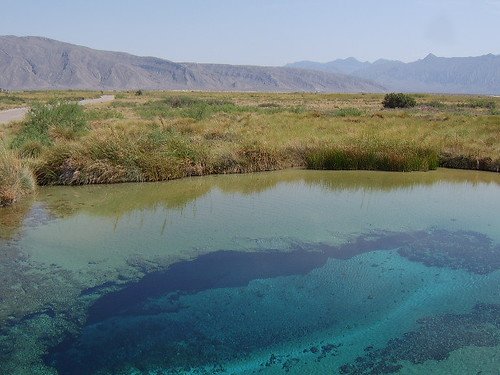
This unique ecosystem comprises a network of pools and wetlands in the Chihuahuan Desert. The site is renowned for its preservation of ancient stromatolites, microbial structures that are among the earliest forms of life on Earth. They offer a living window into early life conditions and have significant implications for understanding both past and future life studies.
Conclusion: A Journey into Earth’s Deep Past

Paleontological sites recognized by UNESCO as World Heritage Sites are not just locations filled with ancient fossils; they are vibrant narratives of life’s evolutionary tapestry—a history written in stone. These sites not only inform us about the past but also inspire wonder and curiosity about the continued mysteries of Earth’s history. As stewards of these remarkable places, it is our responsibility to conserve this heritage, ensuring that it enlightens and educates future generations about our planet’s fascinating journey through time.




